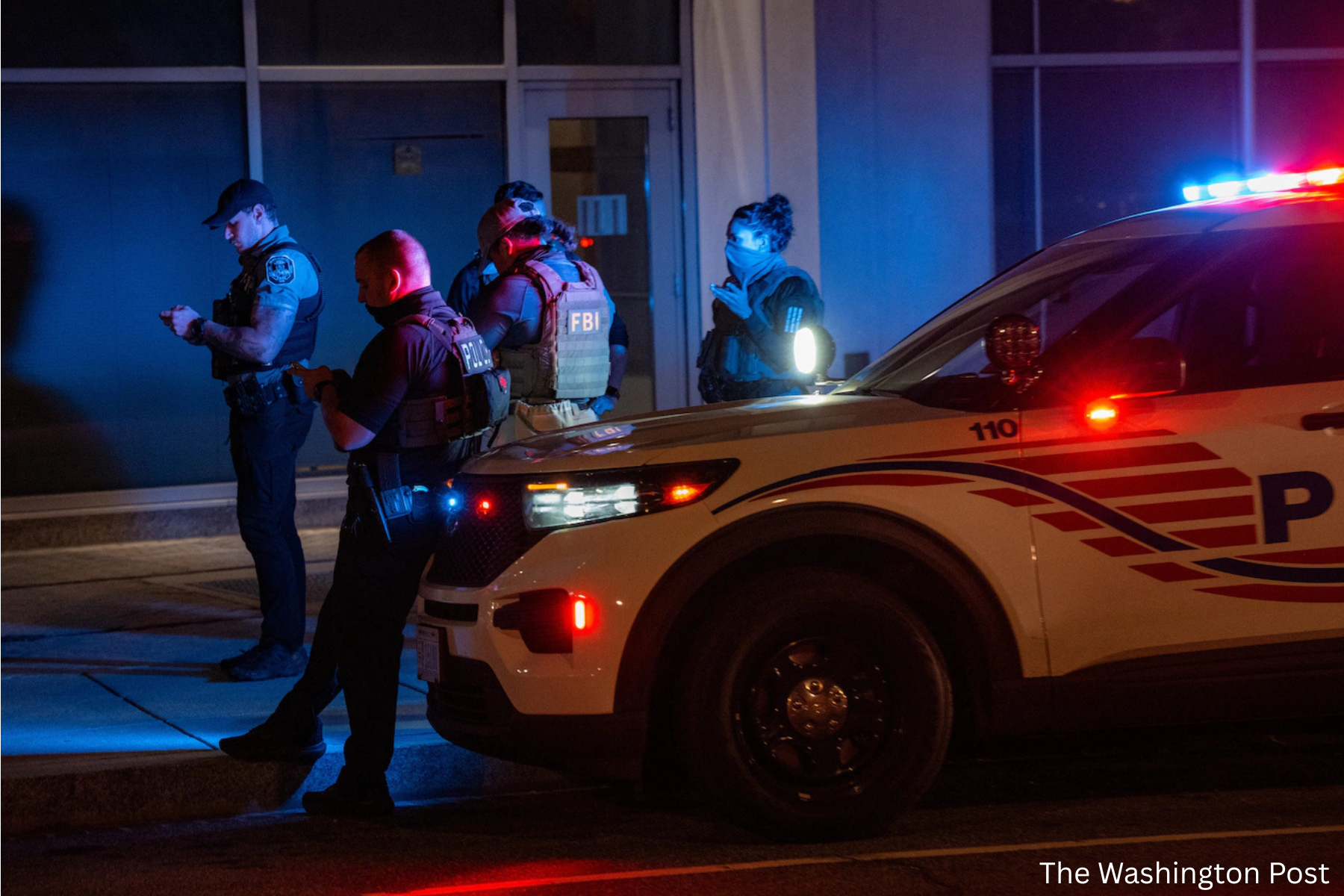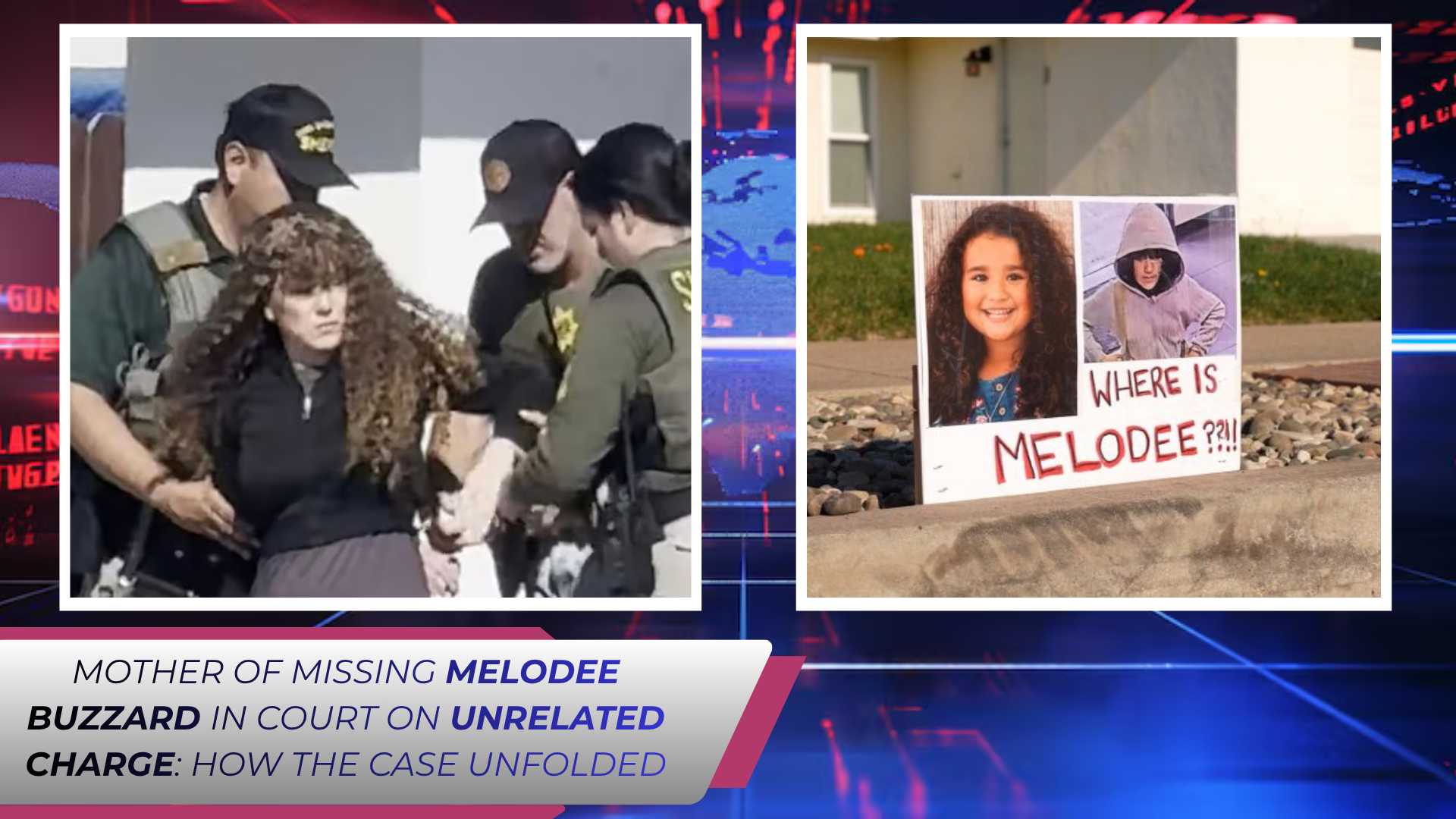The 30-day “crime emergency” declared by former President Donald Trump in Washington, D.C., has officially ended, but evidence suggests that federal immigration authorities are still patrolling city streets with local police officers. This ongoing collaboration has raised concerns among residents, sparked alarm from community leaders, and created confusion about whether D.C.’s own sanctuary laws are being undermined.
When the emergency was first enacted in August, D.C. police were temporarily compelled to work alongside federal agencies, including Immigration and Customs Enforcement (ICE) and Homeland Security Investigations (HSI). The decision stirred controversy because D.C. law generally prohibits its police department from assisting in immigration enforcement. Once the emergency expired on September 10, Mayor Muriel E. Bowser publicly stated that the Metropolitan Police Department (MPD) would no longer cooperate with ICE.
Yet, videos, court filings, and firsthand accounts tell a different story.
Evidence of Continued Patrols
The Washington Post reviewed photos and videos from incidents after September 10. These show D.C. police vehicles alongside federal immigration enforcement cars, with masked Homeland Security agents present during stops. In some cases, local officers appear to transfer detainees directly into federal custody.
One striking incident took place on September 25 outside a bilingual charter school during dismissal. Video footage shows a D.C. police officer removing handcuffs from a man in a neon construction jacket, only for a Homeland Security agent to immediately restrain him again and escort him into an unmarked car. The incident frightened students and parents, many of whom belong to immigrant families.
According to the police report, the stop was initiated because of a missing license plate, and the driver lacked a valid license. What the report does not mention is that one of the passengers was handed directly into ICE custody. That man, identified as Mayker Enrique Salas-Araujo of Venezuela, is now being held in an ICE detention facility.
Mixed Messages From Leaders
Mayor Bowser initially dismissed claims that ICE and MPD were patrolling together, saying, “ICE is not patrolling with MPD.” But later, she acknowledged that local officers were indeed part of federal task forces that included immigration agencies, adding, “We never wanted MPD to patrol with Homeland Security agencies, but they are part of the task force, and that should change.”
Such conflicting statements have frustrated residents and community advocates, who say the lack of clarity only deepens mistrust.
Conflict With Sanctuary Laws
D.C. has officially operated under the Sanctuary Values Amendment Act since 2019, which prohibits city police from cooperating with ICE detainers without a warrant and prevents immigration agents from questioning detainees in local custody.
However, an order signed by Police Chief Pamela A. Smith in August authorized officers to share information with federal agencies and even help transport detainees. While Bowser argued that the order became “moot” when Trump’s emergency expired, the document itself contains no expiration date. Critics worry this technicality allows ongoing cooperation that sidesteps the sanctuary law.
Growing Fear in Communities
Immigrant families across the District now live with increased fear. Council member Brianne K. Nadeau warned that the blurred line between local policing and federal immigration enforcement is damaging community trust, noting that until recently, residents felt reassured that MPD would not act as an arm of ICE.
At the school arrest in late September, parents described children in tears and asking if they might be taken away. The school’s CEO, Daniela Anello, later wrote to Bowser and the D.C. Council, stressing that “incidents like today’s arrest threaten to erode that trust” between immigrant families and local police.
Her concerns echo those of immigrant rights groups, who argue that fear of deportation will discourage victims and witnesses from reporting crimes — making neighborhoods less safe overall.
Federal Pressure vs. Local Resistance
Former President Trump has continued to argue that federal and local authorities must work together to remove “all criminals, regardless of immigration status.” In contrast, local leaders face increasing pressure to uphold sanctuary values while maintaining public safety.
This clash leaves D.C. residents caught between two competing visions of law enforcement: one centered on immigration crackdowns and another on community protection. Until leaders establish firm boundaries, routine encounters with police — such as a traffic stop — could continue to carry unexpected consequences for immigrants in the city.





.jpg)


